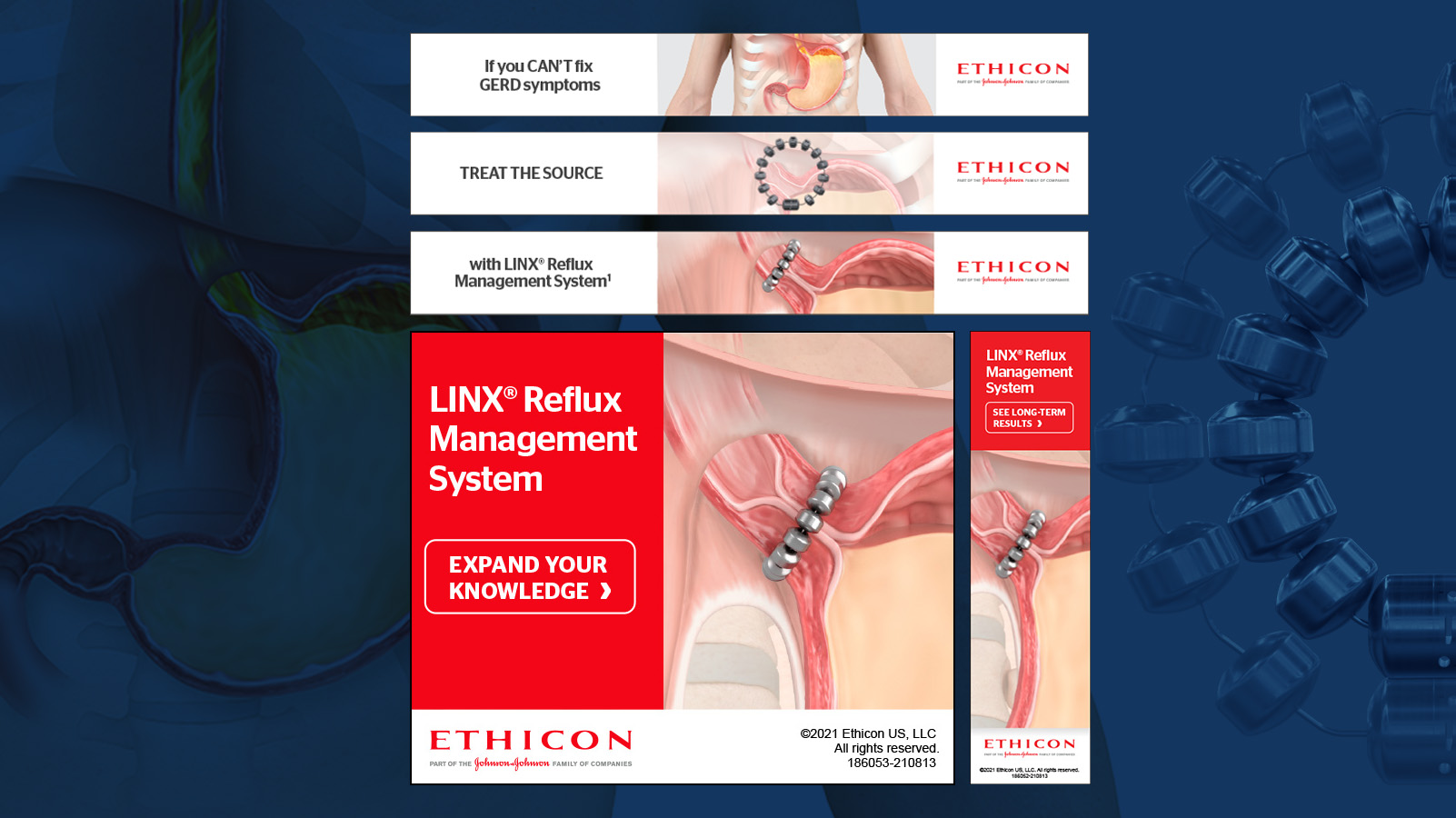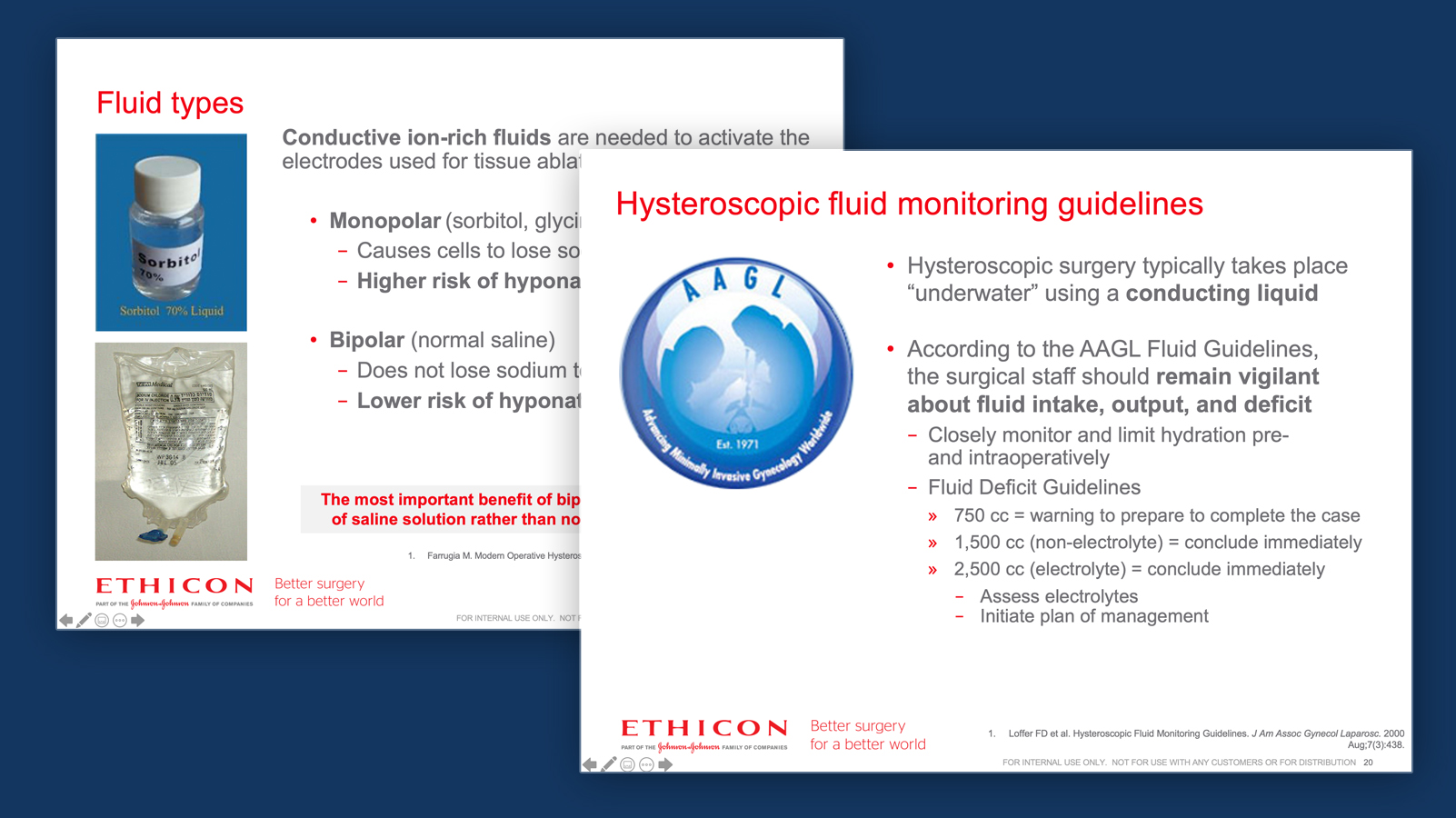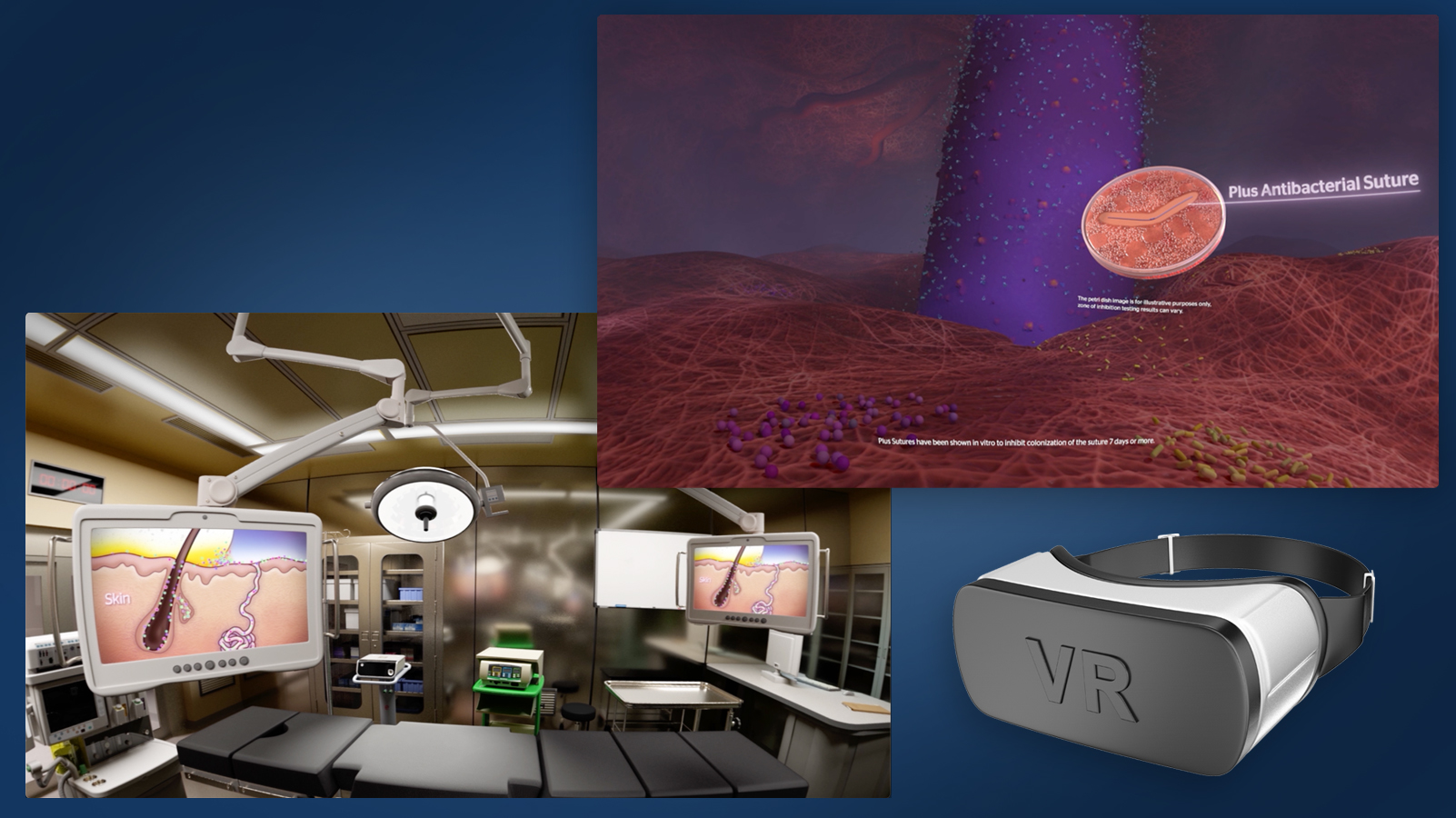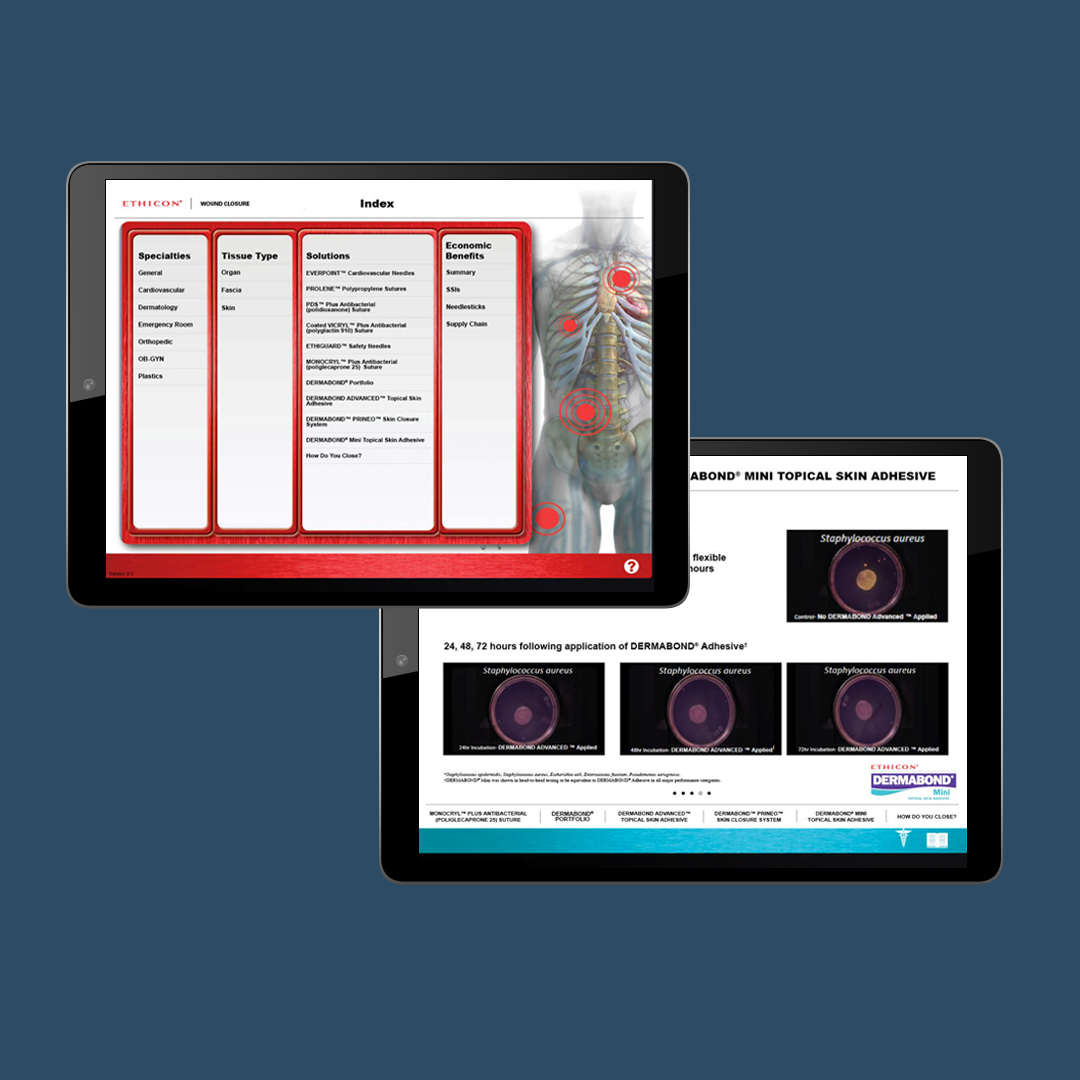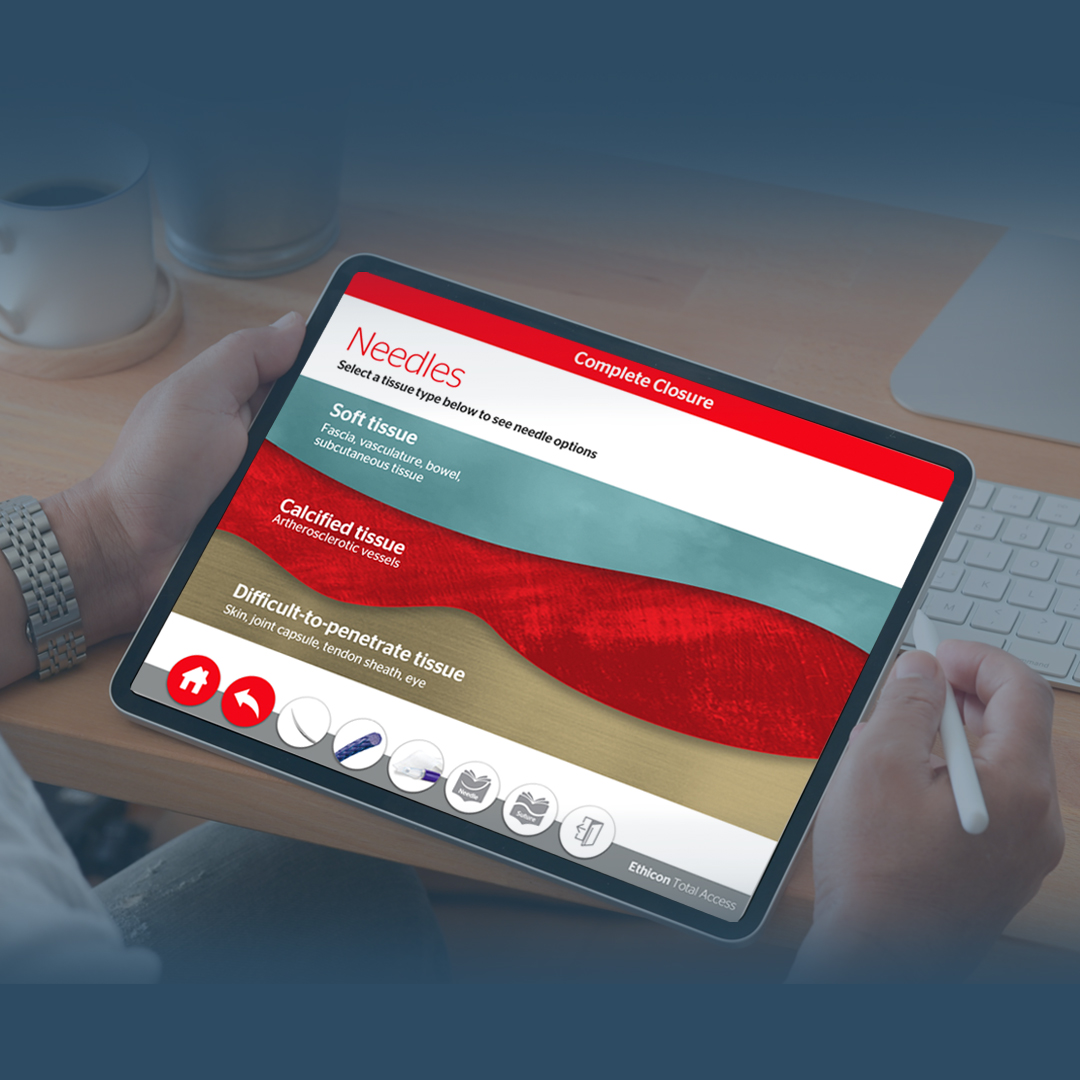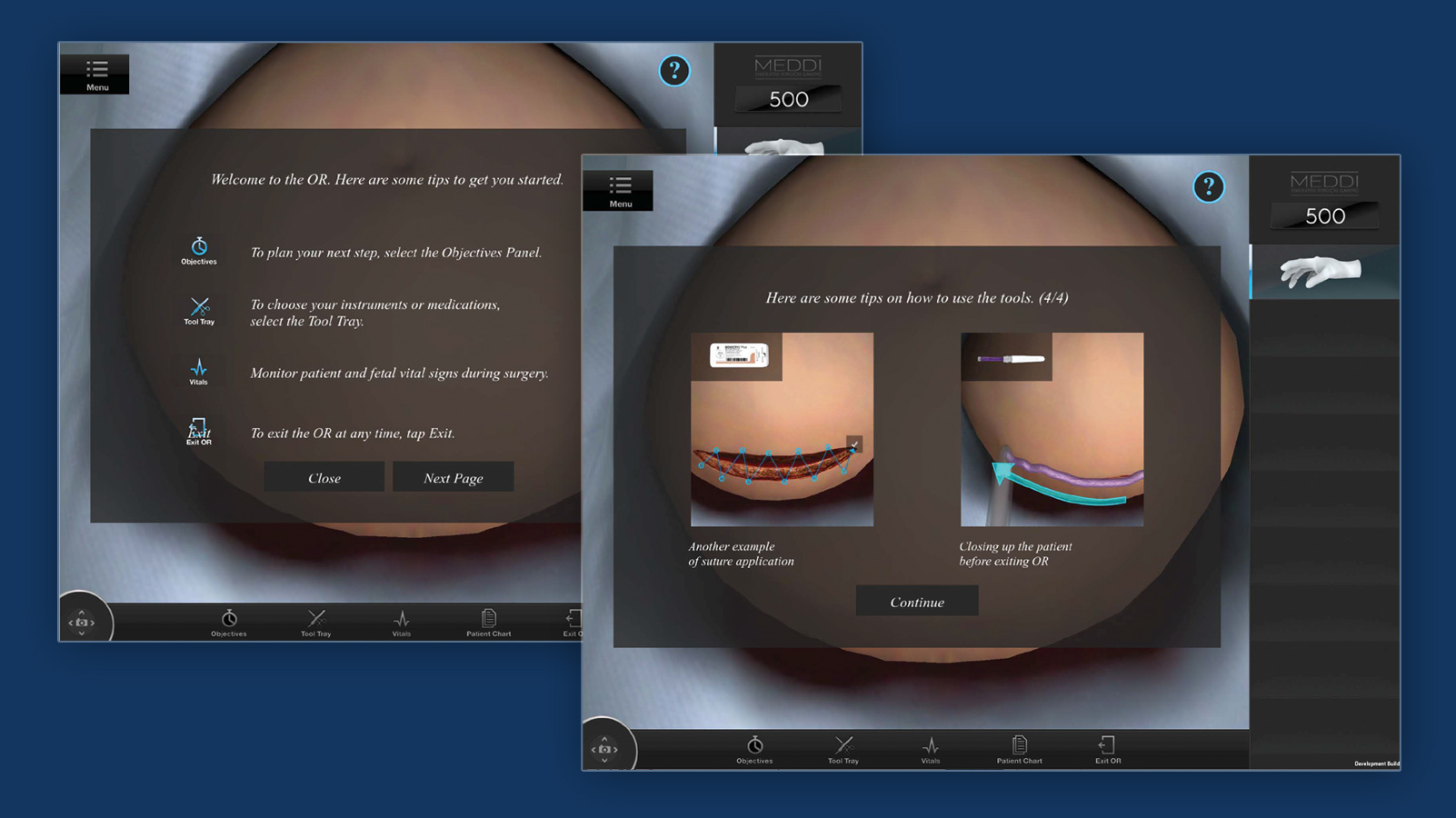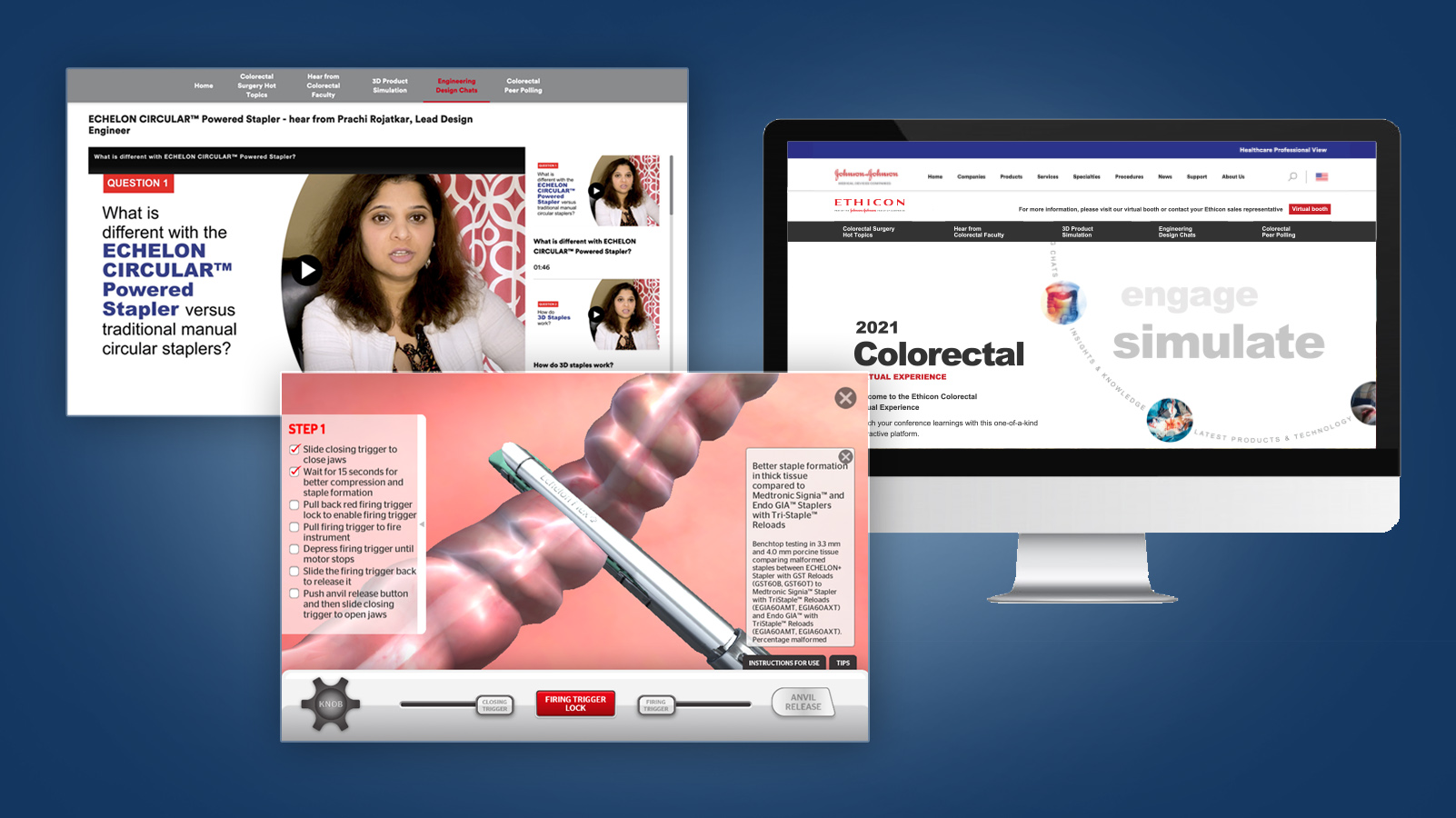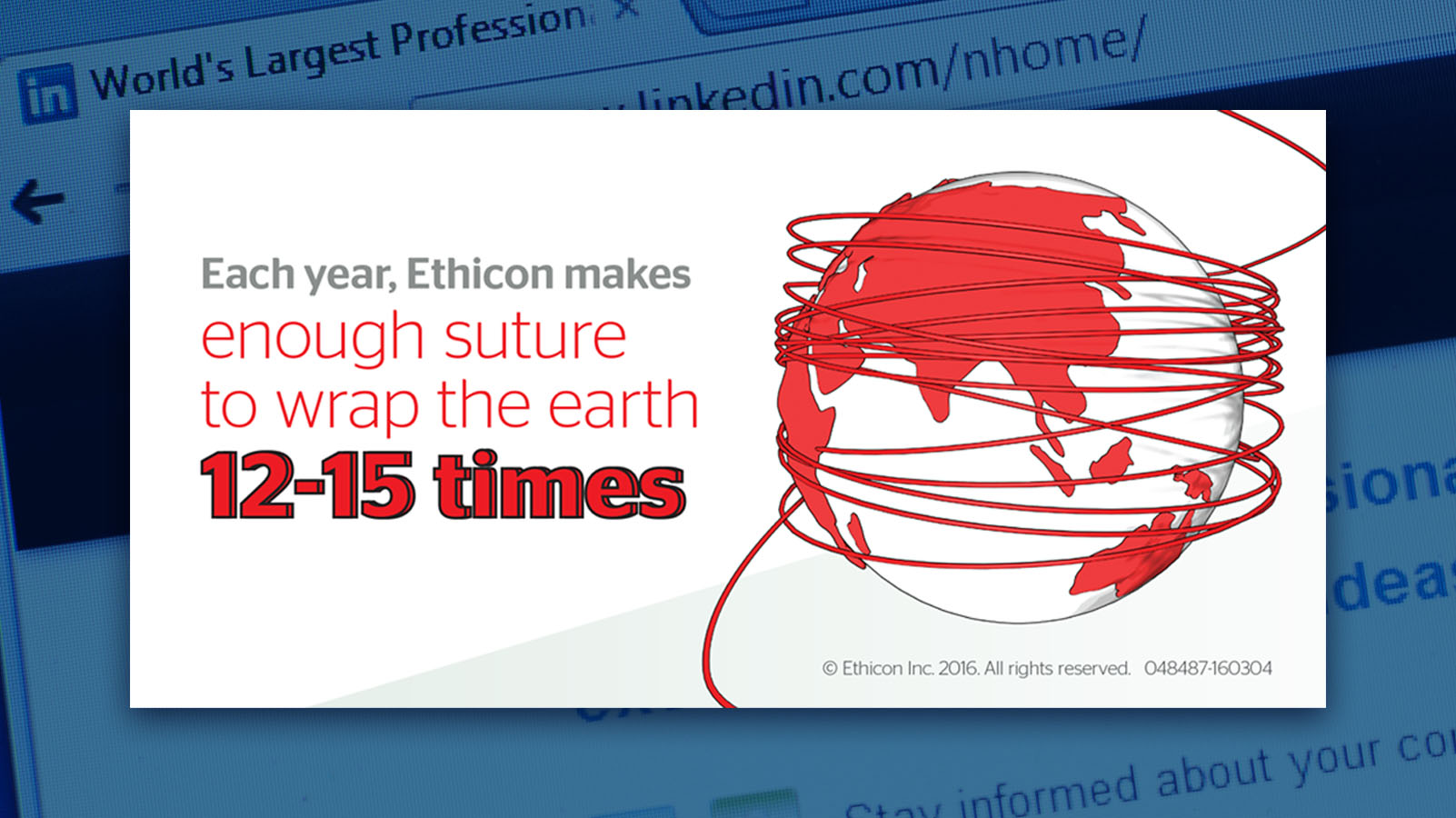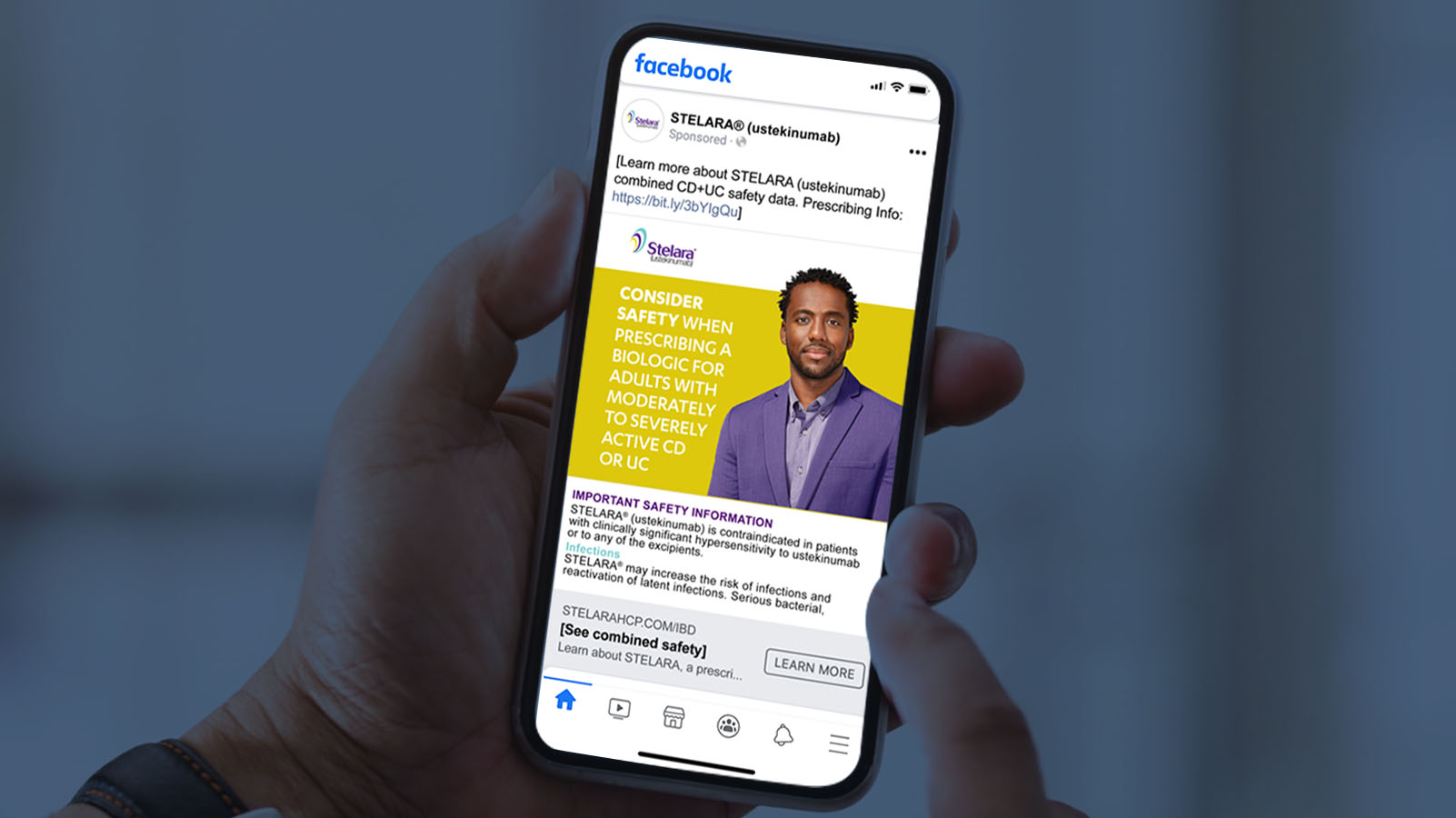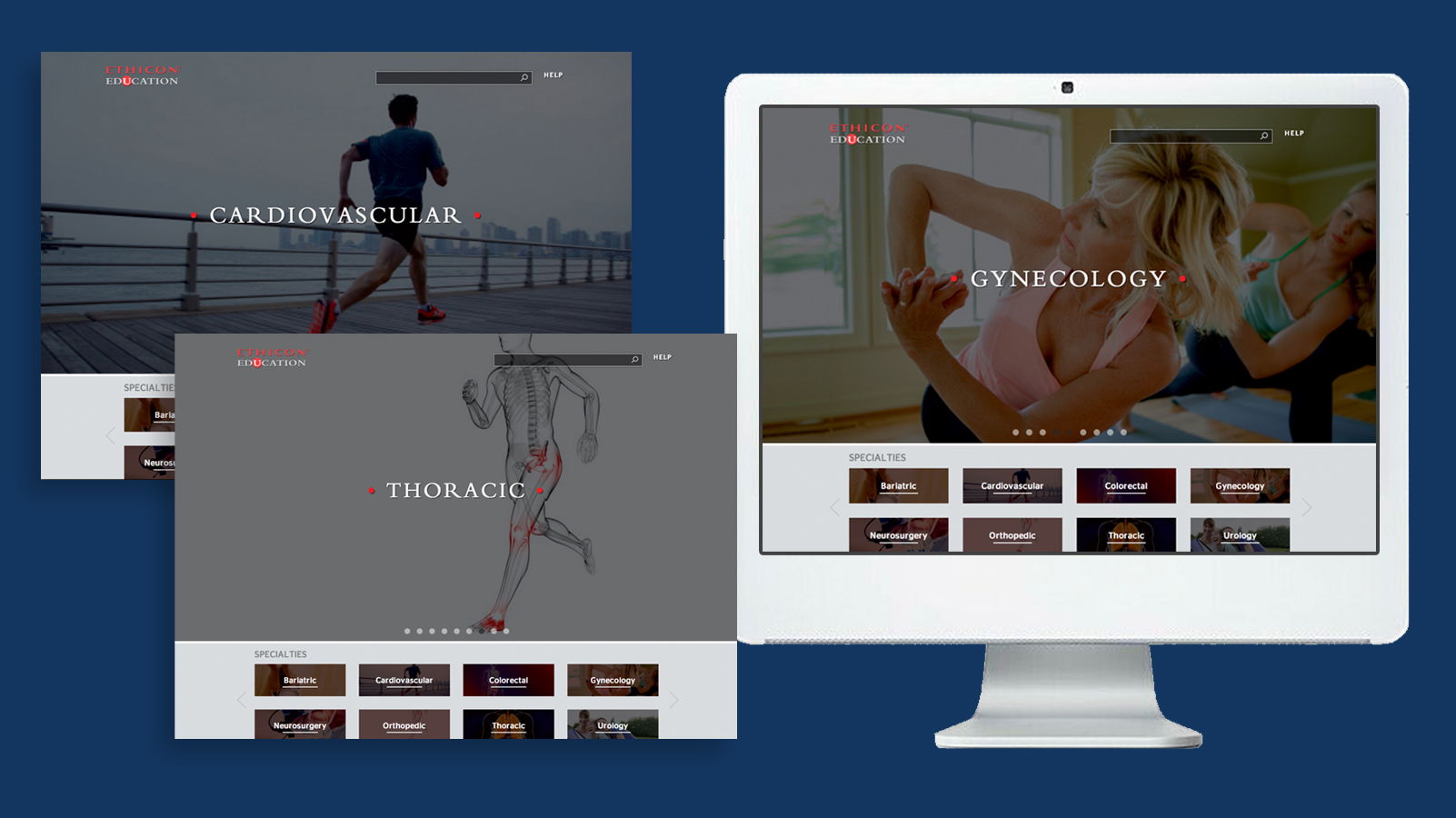Dynamic. Creative. Personalized.
The 2006 Experience
Banner ads, whether animated or static, were sent to the full target list. Personalized and micro-segmented content was not yet an industry-wide standard in this medium
Additionally, banner ads were predominantly built in Flash, but web browsers started to ban Flash due to security risks, rendering many banner ads blocked and invisible
Flash also resulted in banner ads being weighed down and grainy; size limitations made it difficult for advertisers to flex creatively through animation, necessitating that many ads be simple and/or static

The 2021 Experience
Banner ads can be personalized at scale across platforms and devices, where copy and design elements are dynamic, carefully mixed and matched, and tailored by microsegment to deliver the most meaningful content
Now based in HTML5, there’s more creative flexibility for banner ads, including complex and enticing animations that are supported by all browsers
With most users being mobile-first, and with an increase in geotargeting mobile devices, the industry is now prioritizing mobile banner ad creative sizes, allowing ads to meet audiences where they are in their unique journey
